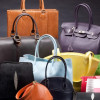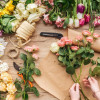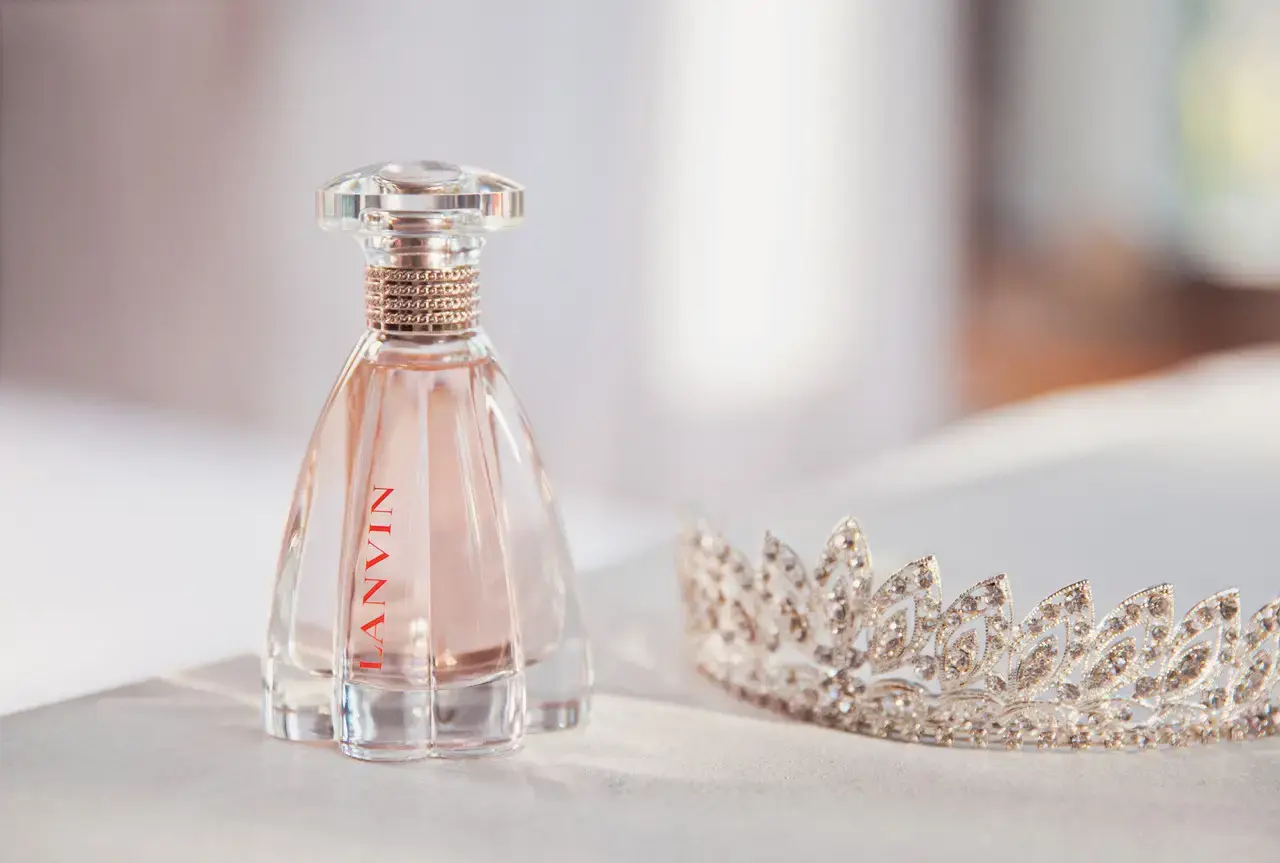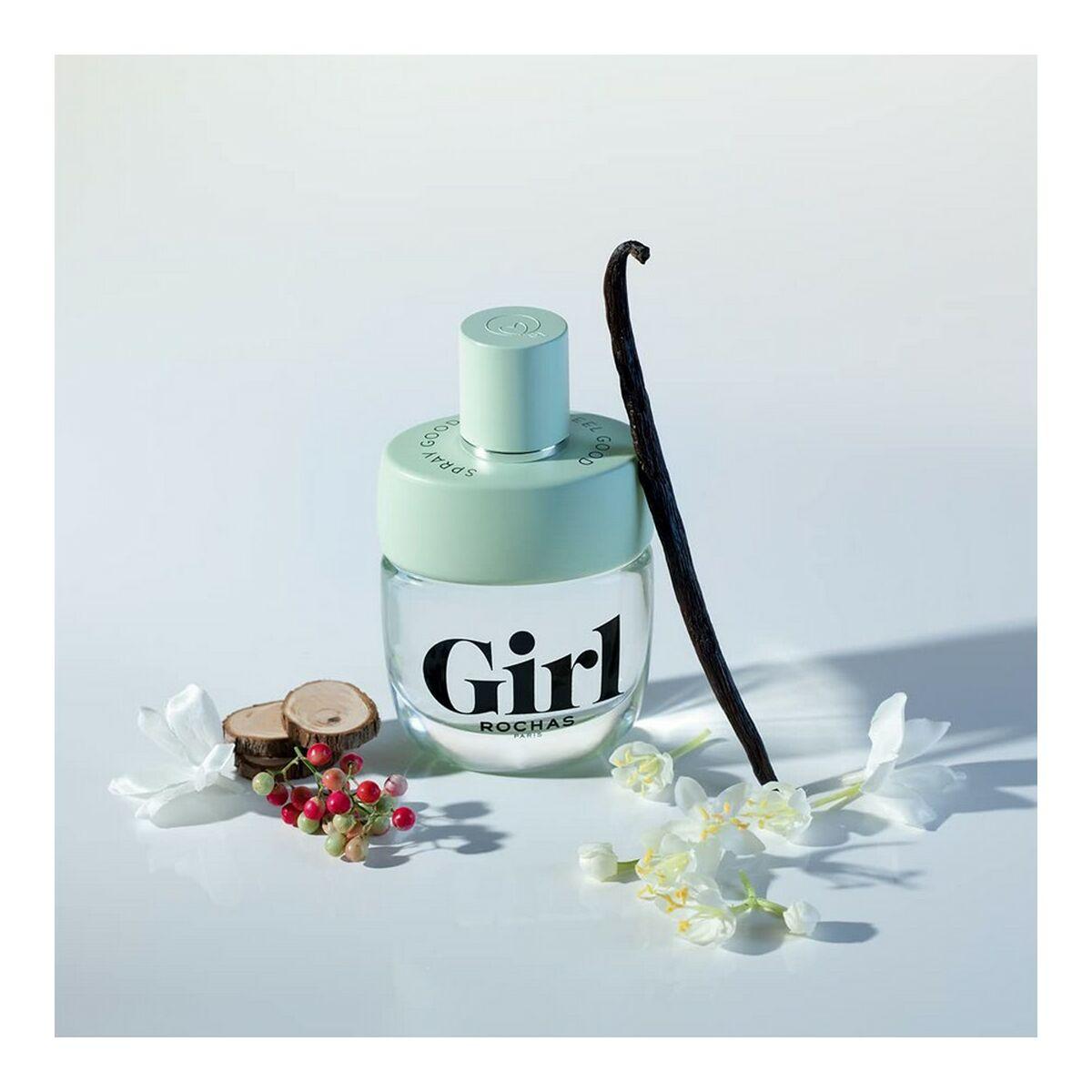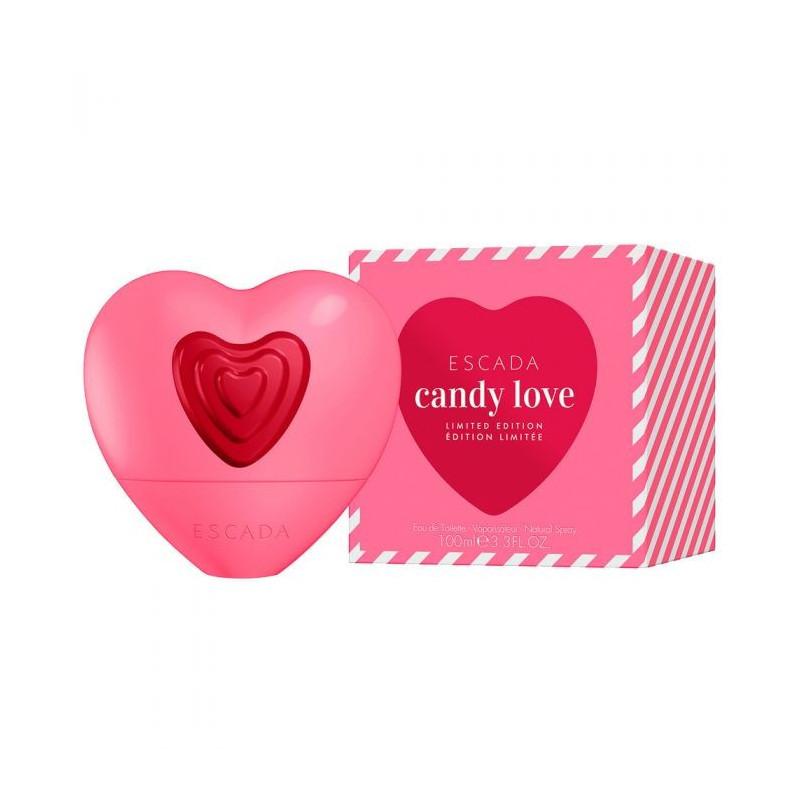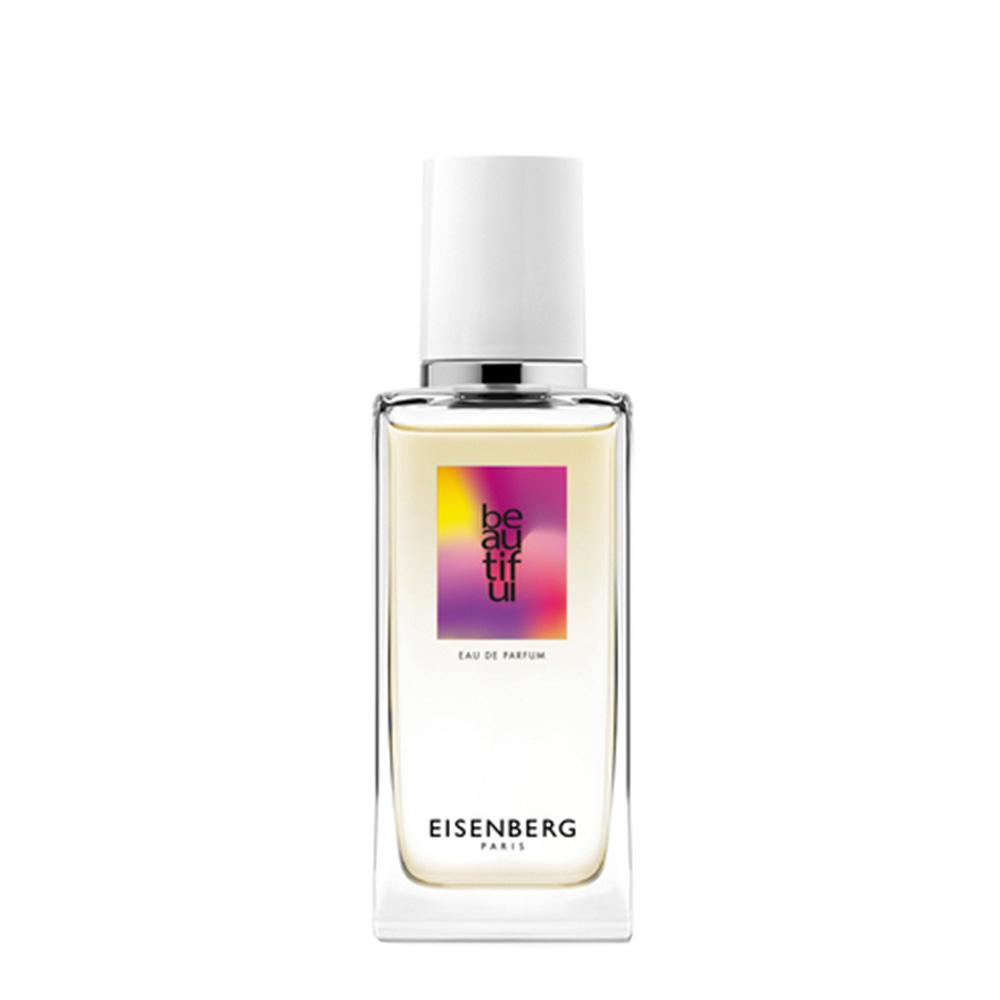Girl-vibe Fragrances
- Posted by: angeli.krohmal
Perfumes for women have changed many times throughout their existence. A variety of factors relevant to a particular period in the history of fashion have contributed to this. What are the criteria to use to determine if a perfume is feminine? How do you even determine that a perfume is feminine - are there any rules for this? Is there a universal fragrance that will suit every representative of the fair sex?
The craving for beautiful aromas has been embedded in man since the beginning of civilizations. Incense, essential oils, bouquets of flowers and spices accompanied rituals and significant events - both in the life of ancient man and today. In each era, olfactory markers have come in different forms and corresponded to one function or another by necessity. But the beauty of fragrance was always appreciated by people, even when they were simply fragrant gardens rather than glass vials with an atomizer.

Renaissance
It was with the beginning of the Renaissance, around the end of the 14th and beginning of the 15th centuries, that perfumery began to take familiar forms. Back then, it was the result of pharmaceutical and even alchemical experiments, rather than a purposeful development. Nevertheless, having realized the ability of plants and other elements to smell for a long time due to certain manipulations (extraction, infusion with alcohol and oils, etc.),people rushed to the development of such "decoration" for beauty.
Interestingly, at the same time or even a little earlier, the world appreciated aromatization in another form, which united high fashion and perfumery. In the 15th century, the aristocracy began to honor the use of Spanish leather of special dressing, which was not only pleasant to the touch, but also exuded an amazing aroma (so the family of leather fragrances is much older than officially accepted). The secret was that the leather was rubbed with essential oils of various plants during processing, and it retained the fragrance well. This is how leather craftsmen and the first chemists of those times began to unite.
By the end of the 18th century, industrialization began to develop, which also influenced chemical discoveries. In the 19th century, the development of perfume communities and houses accelerated. Even then, existing brands such as Hubigant, Guerlain and others could boast not one, but several dozens of aromatic compositions for royal families and aristocracy. But the most significant fact about this period is that no one - neither perfumers nor their noble clients divided fragrances strictly into male or female. We can say that unisex compositions were the beginning of the world of perfumery as we know it today. Men were happy to wear fragrances made entirely of floral notes, while women could smell of leather, wood, moss and incense.
The 20th century was marked by a quantum leap in the creation of legendary compositions. We have already talked about Chanel n 5, Guerlain Samsara, Miss Dior, Paloma Picasso and many others. At the beginning of the century it was also not customary to write on the bottles "for men" or "for women", but some division had already begun to form, thanks in large part to the address of the creators to this or that audience.

After the First World War, emancipation began in society: women won the right to vote, to work and to have their own capital and even businesses, not to mention the right to wear masculine clothing. In perfumery, this was reflected in the desire to have separate perfumes that were created specifically for women. The fashion industry developed by leaps and bounds, legendary couture fashion houses were formed, the creators of which also wanted to "dress" women in magnificent fragrances. A completely new femininity enters the fashion - what only New Look by Dior is worth, which shows a completely different facet of a woman's nature and beauty, uniting her strength, independence and untouched beauty. And Chanel took a course on the translation of the female image through masculine parameters, not shying away from the classic elegance in more relaxed forms. Perfumery is gaining momentum along with the development of brands and fashions in fragrances change with about the same frequency as accents in the silhouettes of women's clothing. Events in society have contributed to all of this. Designers are inspired by great and beautiful women, and try to convey as much as possible not so much the spirit of the time as the metamorphosis of personality.
Sexual revolution
Emphasized femininity in a new guise was a factor in the greater exposure of a previously taboo subject. It was the broadening of norms about marriage, women's role in society and what they should (or should not) be in general in the 60s and 70s that encouraged the creators of beauty to further emphasize the natural sexuality, seductiveness and charisma of women - including through fragrances.
Women perfumers
The world of fragrances in general has been subjected to the same social rules as the ordinary human world. For quite some time, at least until the mid-20th century, perfumes were created almost exclusively by men. If there were any female perfumers, unfortunately little was said about them, often near the end of their careers and lives, and only in the context of those few perfume creations. Today, this situation has changed, thanks in large part to the equality and accessibility of even such a specific education as perfumery. So who are they, these creators of perfumes for women?
Germaine Cellier
She is spoken of as a pioneer - the first known female perfumer. At the very beginning of the 20th century, she was one of the first of her kind to study chemistry. But her love of beauty led her to perfumery, which resulted in the creation of fragrances for the famous Robert Piguet brand. She is the author of the already legendary perfumes Fracas and Bandit.
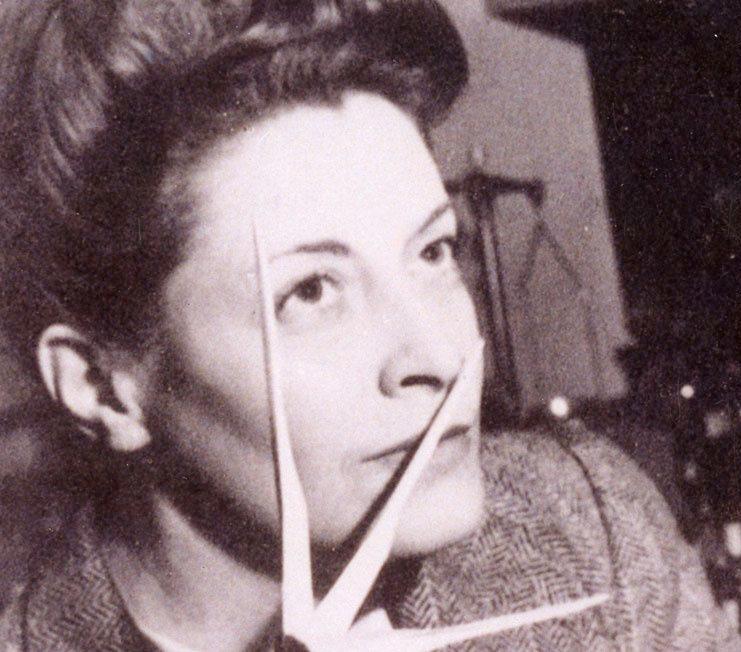
Josephine Catapano
This perfumer can be called one of the first female directors, and not anywhere, but in a perfume concern. Josephine has also worked for Guy Laroche and Estee Lauder.
Sophia Grojsman
Sophia is from Belarus and she is the most famous student of Josephine Catapano. Today she has created more than 70 fragrances, including hits for Guerlain, Yves Saint Laurent and Calvin Klein.
Christine Nagel
She became famous as the successor of the legendary perfumer Jean-Claude Ellen and has been working as the chief perfumer of the super famous fashion house Hermes for 8 years.
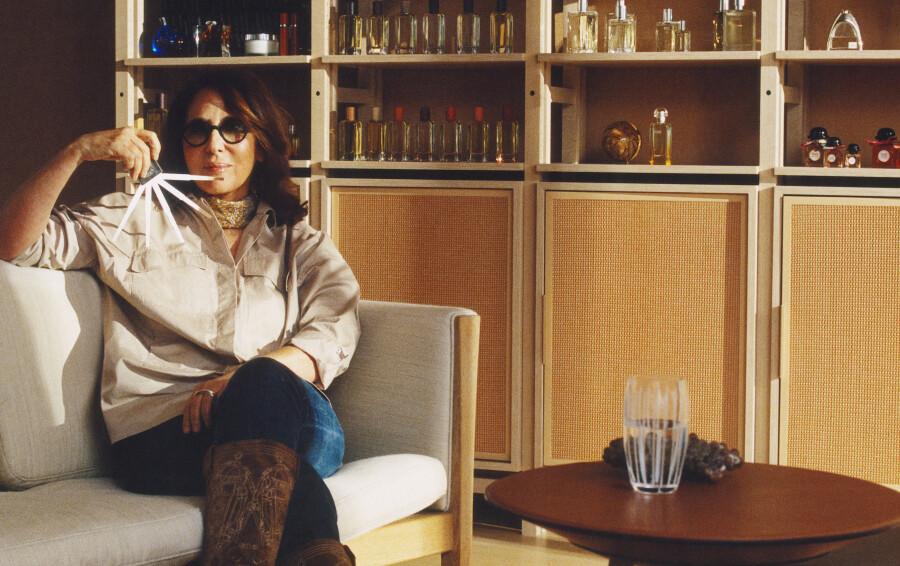
Calice Becker
If you love the creations of the house by Kilian - you can call yourself a fan of Calice. She has also worked for many luxury brands and now she is the Vice President of the perfume concern.
Feminine fragrance: the signs
We want to let you in on a unique secret: scent has no gender. It is incorrect, at least from a botanical point of view, to talk about chamomile, strawberry, sandalwood or peony in terms of whether they are male or female (plants exist in both forms). We mostly divide notes, ingredients and species by perception. Thus, there is an opinion that sweet fruity smells are associated with the female sex, flowers are usually given to women, respectively their fragrance is also associated with women. In the same associative row can be found, for example, desserts, which are so fond of girls and grandmothers. At the same time, wood, which has very hard and stable characteristics, seems to us to be suitable for men. But what about aquatic or ozonic notes? Men and women equally love spending time at the beach or pool, and fresh air. This is where the paradox of perception begins, and these are just a fraction of the individual trends mentioned from the huge range of notes and families that exist.
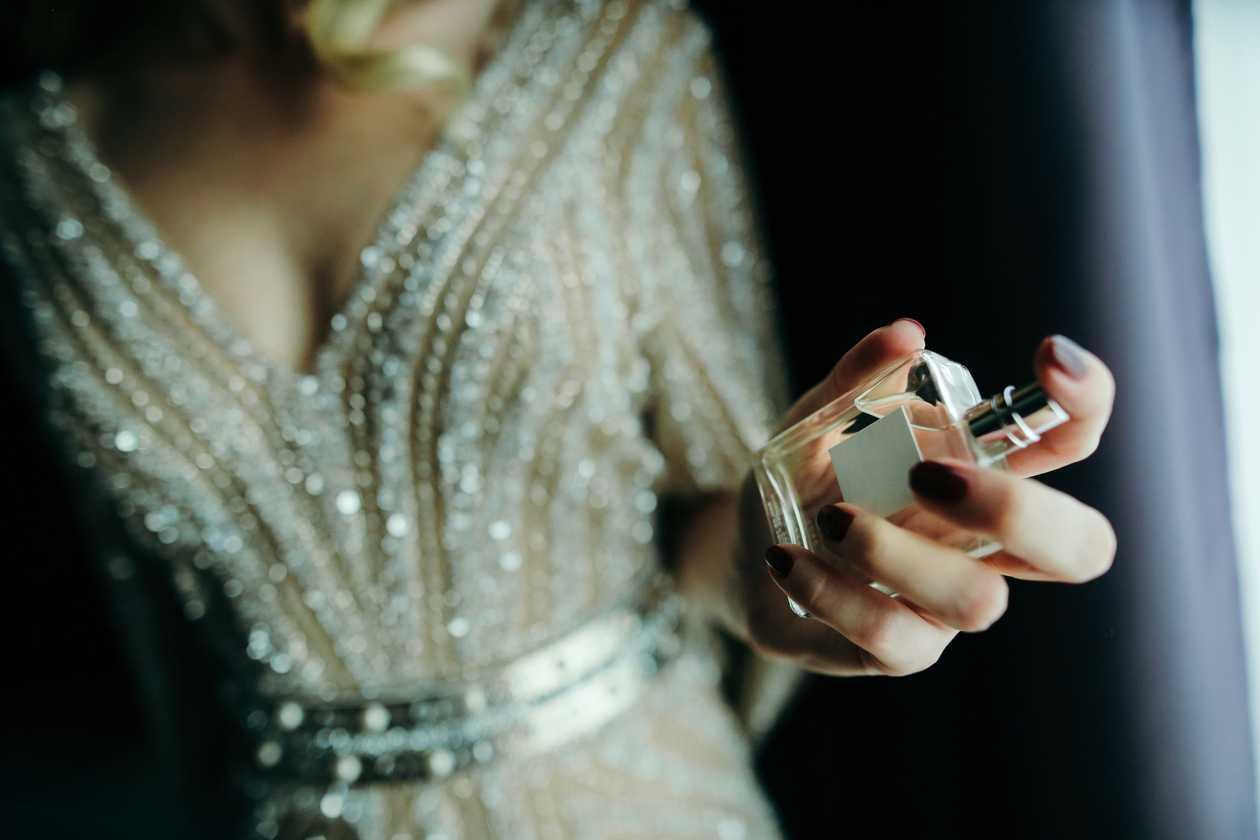
So here are some universal tips:
Try as many fragrances as possible. This will broaden your perfume horizons and unlock previously unknown secrets about the world of fragrances.
Analyze what smells you like outside of bottles: what flowers you like, what kind of recreation you prefer, whether you like fruit, whether you go for walks in the woods, and so on. Making associations between your common passions in everyday life will give more insight into how you would like to smell.
Memories are a powerful anchor for fragrances. You can draw from both the positive: your mother's baked goods, your father's car interior, your first love; and the negative (which will help you understand exactly what you would NOT want to smell on you).
Pay attention not so much to the brand of the fragrance, as to its "nose" - each perfumer has his unique handwriting and you can rely on fragrances just by the authorship.
Perfumery is an amazing versatile friend and assistant of a woman in self-expression.
All women sometimes want to be super tender, fun and carefree. And what better way to express this state than with perfume? We have selected the most cute, girlish, unobtrusive fragrances for the "doll" mood. Fill up your perfume wardrobe!

